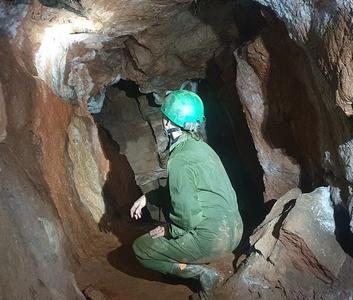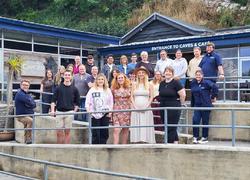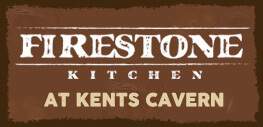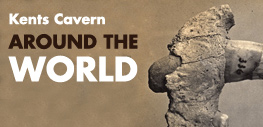Recording Historic Graffiti In Kents Cavern
In January 2023, an exciting new project will take place at Kents Cavern, studying and recording all the engravings in the cave walls.
Experts in historic graffiti are coming to Kents Cavern, Torquay, in January 2023, to look at ancient engravings made on the walls of the cave over hundreds of years. The oldest known engraving is by William Petre in 1571 but many exist throughout the 1km cave labyrinth.
The project is led by Raking Light, specialists in historic graffiti, masons’ marks, carpenters’ marks, merchants’ marks, and protection marks below and above ground. The team of four will spend a week in January surveying the cave, including those areas of high archaeological and geological significance.
For thousands of years, the caves underneath Torquay have attracted explorers but in the early 19th century excavators began looking more carefully under stalagmite floors. They made discoveries that challenged commonly held beliefs about the antiquity of humankind. Fossils of extinct Ice Age animals and stones shaped by humans lying side by side in the cave mud provided scientific evidence for human occupation going back into prehistory. The most important archaeological recording was masterminded by William Pengelly, a 15-year excavation between 1865 and 1880.
William Pengelly kept detailed excavation diaries, now housed at Torquay Museum. He named one part of the caves the Crypt of Inscriptions because of the number of engravings he found on the walls.
Raking Light came for an initial investigation on 19th December, supported by Tara Beacroft, Kents Cavern’s consultant caving expert and advisor. They found the Crypt and came across many markings, including another from 1571.
Tara Beacroft, Conservation Officer for Devon and Cornwall Underground Council, said:
“Recording and analysing all the inscriptions in the cave is a very exciting project. We’ve known about many of them, and they are referenced in the Kents Cavern Cave Conservation Plan but some are being lost to calcite infilling or water erosion. From a conservation perspective, the outcomes from this project are very welcome and Raking Light will also be doing research into who these early explorers were, why they were there, and what some of the unusual symbols mean. This helps to build a more complete picture of the historical significance of Kents Cavern.”
Nick Powe, director of Kents Cavern, whose family connections can be traced back to William Pengelly’s excavation, said:
“I’m delighted Raking Light are here in January. We’ve known about many of the markings but how many more are there, and is 1571 the oldest? Raking Light will use non-invasive archaeological techniques to study, photograph, and record the graffiti in the caves. Research in the caves is always of great interest to the public and this project will enhance the social history of the caverns.”










